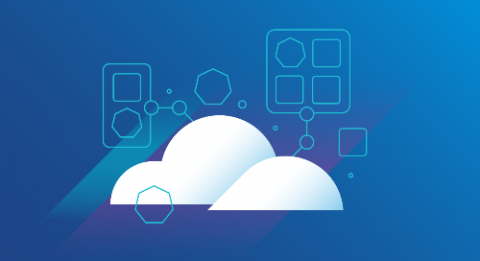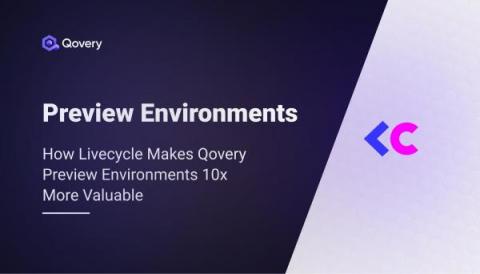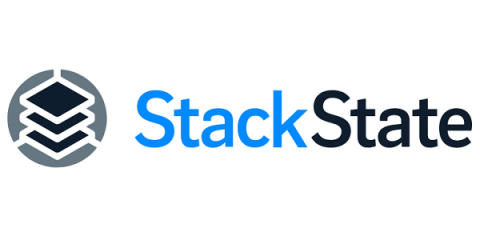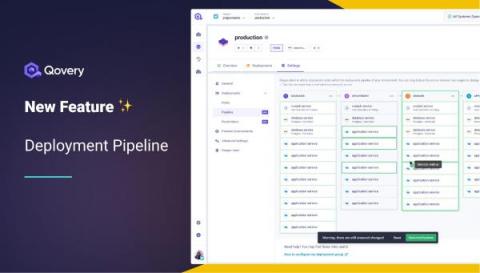Moving Fast and Cutting Costs in a Billion-Dollar Organization: Containers in the Automotive Industry
One may say that competitive dynamics in the automotive space are constantly changing, and they would not be wrong in the slightest. As retailers face the daily battlefield of getting their customers’ attention with the right mix of products at the right price and on the right platform, their technology infrastructure must be lean and efficient while achieving those goals—and that is no easy feat.











